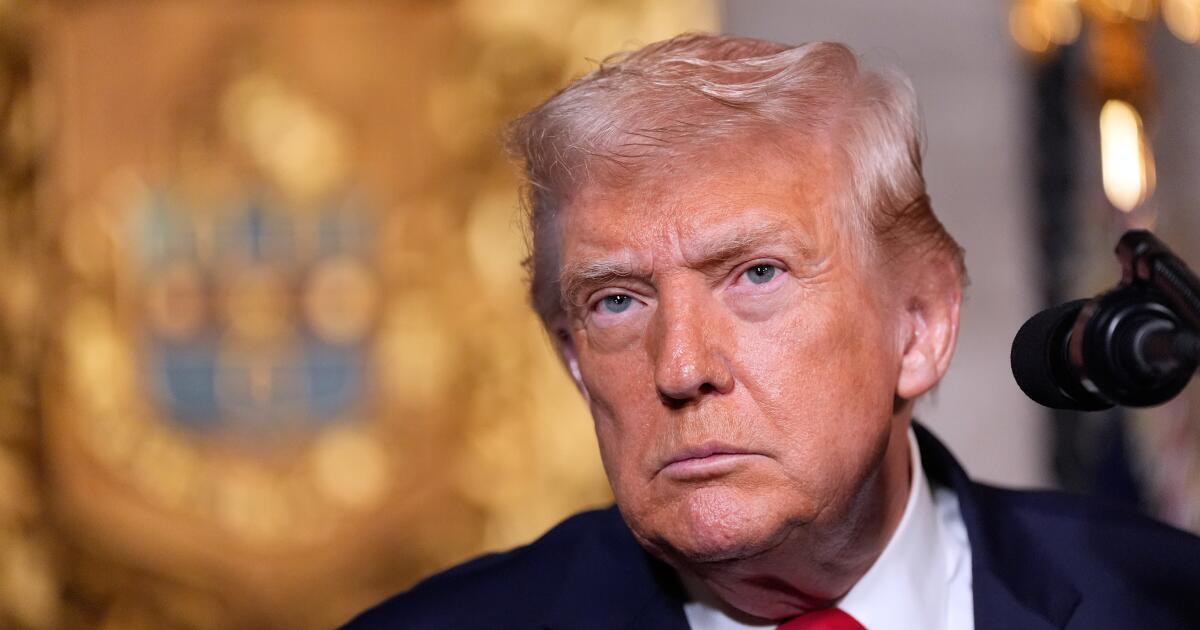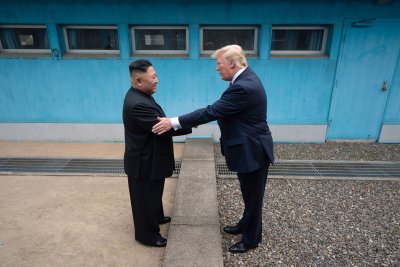Trump says he’s inviting Kazakhstan and Uzbekistan to next year’s G20 summit in Miami
WEST PALM BEACH, Fla. — President Trump said he will be extending invitations to next year’s U.S.-hosted Group of 20 summit to Kazakhstan and Uzbekistan as the Republican administration looks to deepen its relationship with the Central Asian nations.
Trump announced the plan on Tuesday after holding separate phone calls with Kazakhstan President Kassym-Jomart Tokayev and Uzbekistan President Shavkat Mirziyoyev.
Neither country is a member of the G20, but the host country of the annual leaders’ gathering of major economies often invites non-members to attend the summit. The 2026 gathering is planned for Trump’s golf club in Doral, Fla., near Miami.
“The relationship with both Countries is spectacular,” Trump said in a social media post about the calls. Trump is currently on vacation at his Mar-a-Lago resort in Florida.
The Kazakh and Uzbek leaders visited Washington last month along with the leaders of Kyrgyzstan, Tajikistan, and Turkmenistan for talks with Trump.
The administration is giving greater attention to Central Asia, which holds deep reserves of minerals and produces roughly half the world’s uranium, as it intensifies the hunt for rare earth metals needed for high-tech devices, including smartphones, electric vehicles and fighter jets.
Central Asia’s critical mineral exports have long tilted toward China and Russia.
During last month’s visit, Tokayev announced that his Muslim-majority country will join the Abraham Accords, the Trump administration effort to strengthen ties between Israel and Arab and Muslim majority countries.
The largely symbolic move came as the administration is trying to revive an initiative that was the signature foreign policy achievement of Trump’s first term, when his administration forged diplomatic and commercial ties between Israel and the United Arab Emirates, Bahrain and Morocco.
Trump last month announced that he is barring South Africa from participating in next year’s summit at his Miami-area club and will stop all payments and subsidies to the country over its treatment of a U.S. government representative at this year’s meeting.
Trump chose not to have an American government delegation attend this year’s summit hosted by South Africa, saying he did so because its white Afrikaners were being violently persecuted. It is a claim that South Africa, which was mired for decades in racial apartheid, has rejected as baseless.
Madhani writes for the Associated Press.


